Imperial Moth
alch21
11 years ago
Featured Answer
Comments (37)
MissSherry
11 years agoKC Clark - Zone 2012-6a OH
11 years agoRelated Discussions
Update on new Imperial babies
Comments (2)Congratulations, Cathy! I sure hope you get an orange caterpillar! The way I keep my host plants fresh, as do most other people, is to take a left overs (for food, like Tupperware) container, punch some holes in the top, put water in it, and then stick the host plant material into the holes. The water will keep it fresh for a period of time, that period depending on what the host plant is. I've never raised any caterpillars on pine, so I have no idea how long it'll stay fresh in water. I plug some of the holes with a piece of pipe stem cleaner (you can use most anything) and then when I see that the cats have eaten most of the host plant material or the host plant is getting limp or looking stale, I put more host material in one of the other holes and lay the fresh greenery against the old greenery. The cats will travel to the fresh stuff, then you can remove the old branch and replace it with either a pipe cleaner or another fresh branch, depending on how many and how big your cats are. I also wash my plant material before giving it to the cats, because around here there are so many bugs, spiders, etc., it could endanger the cats. Good luck, and, again, congratulations! Sherry...See MoreUpdate on Imperial Moth cats - with pics
Comments (4)This one just molted. You can see the skin right behind it. Cathy...See MoreImperial Moth EMERGENCY!!
Comments (7)I did not notice there was link to a picture. I was posting at 7:55 and had to be somewhere at 8, but it was an EMERGENCY so I made time. From the pic, it does not look bright green so I agree that it is done eating. What Sherry wrote will work. What I wrote will work. Putting layers of paper towels in a bucket will work. But be aware that the caterpillar is probably not going to pupate for 10+ days. It will become unable to move. It will shrink considerably. That is the way it happens so don't be discouraged by the poor appearance. Overwintering is the tricky part. I'm batting way less than 50% the last few years. It is very discouraging....See MoreWinter care of saturniid moth pupa
Comments (3)I find overwintering imperials to be a crap shoot. What works wonderfully one year can be a total bust the next year. I have no idea why. Very discouraging. I have found that keeping the dirt buckets inside all winter works out great but the moths will eclose around 6 weeks earlier than the wild ones. Not a good thing if you are trying to attract wild males. I never mist cocoons and things work out fine. That said, I'm not going to claim that method works fine with prometheas because I have overwintered maybe a handful of them....See MoreKC Clark - Zone 2012-6a OH
11 years agoalch21
11 years agoMissSherry
11 years agoKC Clark - Zone 2012-6a OH
11 years agoMissSherry
9 years agoKC Clark - Zone 2012-6a OH
9 years agoKC Clark - Zone 2012-6a OH
9 years agoMissSherry
9 years agoKC Clark - Zone 2012-6a OH
9 years agoalch21
9 years agowoollybear69
9 years agoArron Hackett
8 years agoKC Clark - Zone 2012-6a OH
8 years agoMissSherry
8 years agocatgirl18 - zone 6
8 years agoKC Clark - Zone 2012-6a OH
8 years agokcmatt
8 years agoMissSherry
8 years agocatgirl18 - zone 6
8 years agocatgirl18 - zone 6
8 years agokcmatt
8 years agoMissSherry
8 years agoJacob Berg
8 years agokcmatt
8 years agoKC Clark - Zone 2012-6a OH
8 years agokcmatt
8 years agoArron Hackett
8 years agokcmatt
8 years agolast modified: 8 years agoJennifer Murdoch
7 years agoRael Edwards
3 years agoKC Clark - Zone 2012-6a OH
3 years agoChristine Morales
3 years agoKC Clark - Zone 2012-6a OH
3 years agoMars SC Zone 8b Mars
3 years agolast modified: 3 years ago
Related Stories

MODERN HOMESHouzz Tour: Seeing the Light in a Sydney Terrace House
A narrow row house gains lots of interior sunshine and a connection to the outdoors without sacrificing privacy
Full Story
RUGSHow to Shop for a Persian Rug
A Persian carpet is an investment that can pay design dividends for years. Here's what to look for when you go shopping
Full StorySponsored
Central Ohio's Trusted Home Remodeler Specializing in Kitchens & Baths
More Discussions



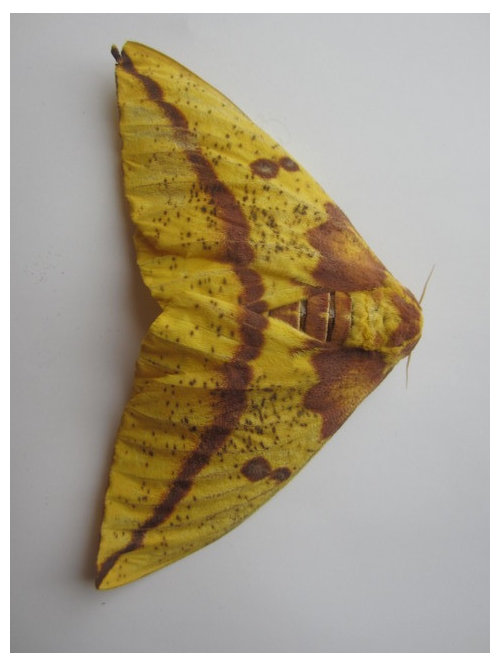

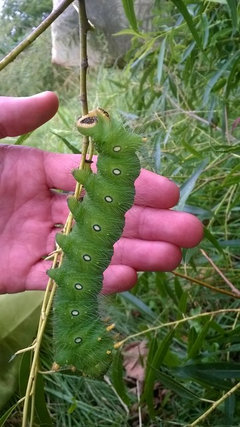
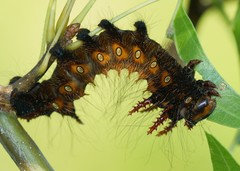
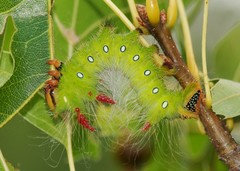
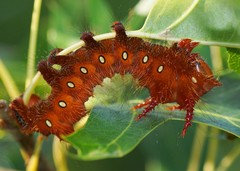

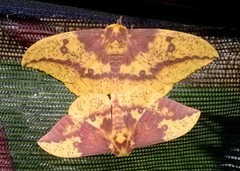
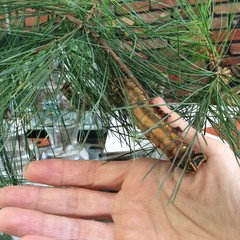

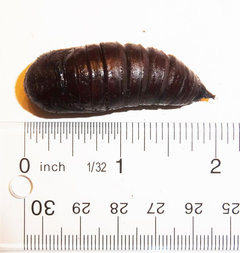
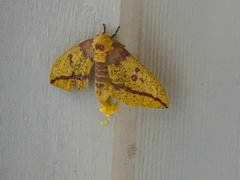

KC Clark - Zone 2012-6a OH